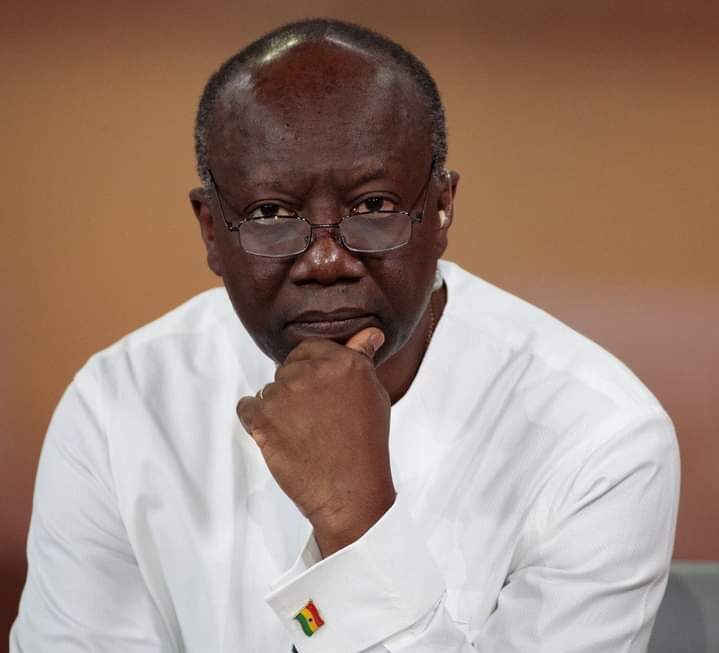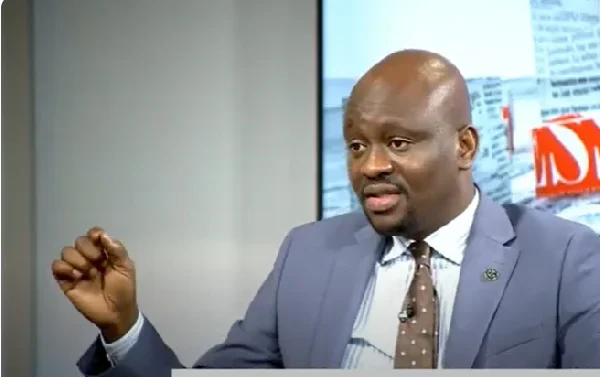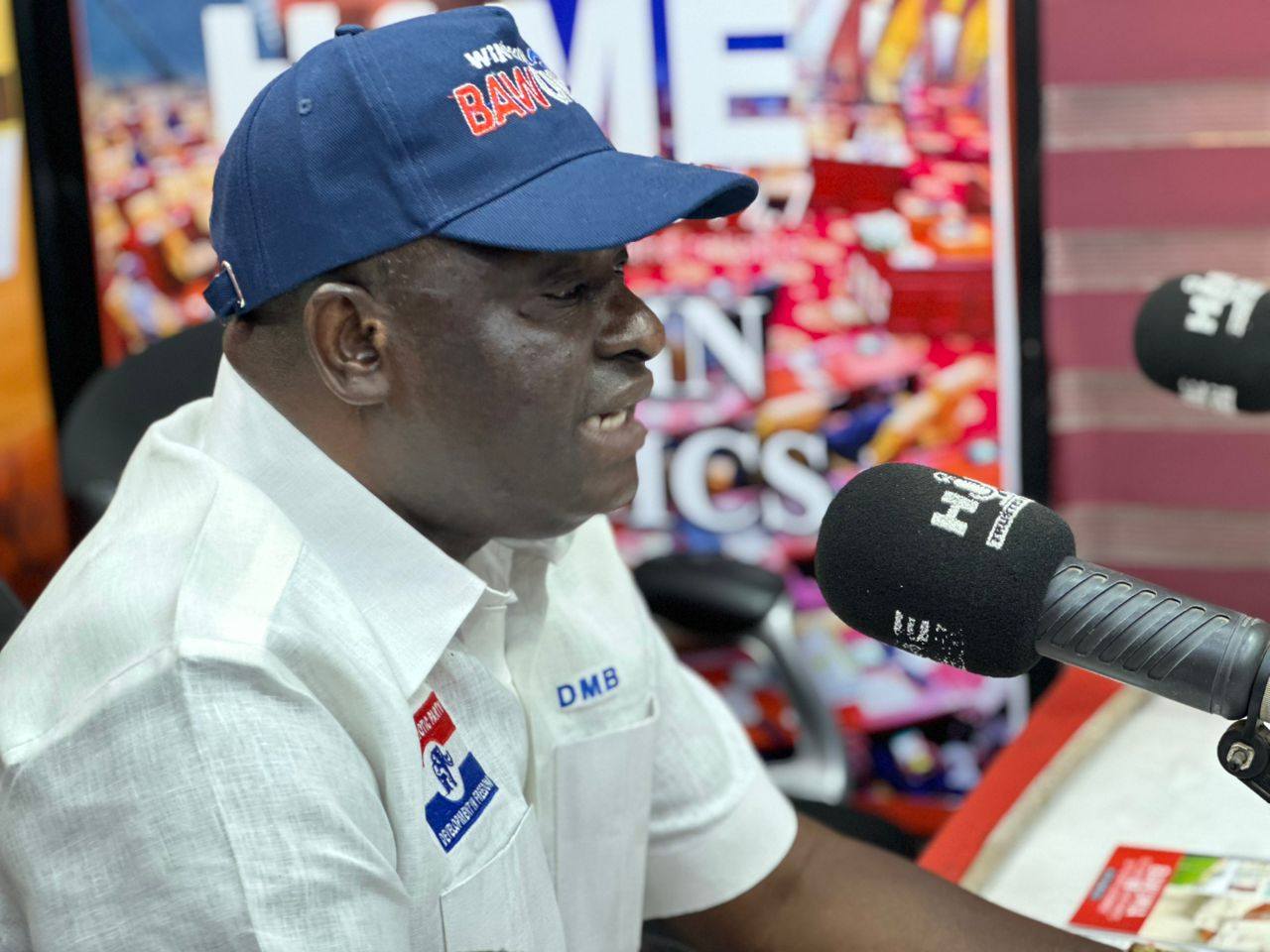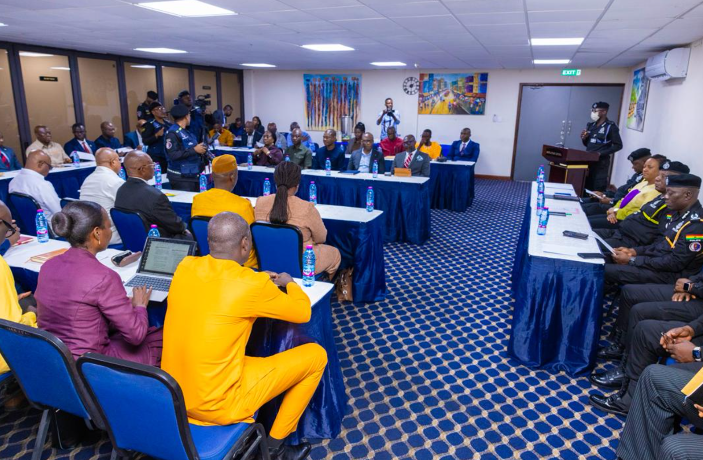After a stellar run earlier in the year, the Ghanaian cedi’s rise against the U.S. dollar has slowed dramatically, as fresh market pressures weigh on the local currency.
According to the Bank of Ghana, the cedi had gained a remarkable 42.6% by June 2025, but by September, its year-to-date appreciation had halved to 21%.
On the interbank market, the cedi traded at GH¢12.15 per dollar in September, a retreat from the currency’s strongest levels seen earlier in the year. The three months between June and September saw the cedi lose nearly 20% of its value, erasing much of the momentum that had briefly lifted it to the top of global currency charts.
Performance against other major currencies was mixed. In September, the cedi strengthened 6.9% against the Euro, settling at GH¢14.23, and gained 11.8% against the British pound, trading at GH¢16.45. These gains, however, were less robust than June’s, when the cedi had surged 30.3% against the pound and 25.6% against the Euro.
Looking ahead to the final quarter of the year, analysts point to import demand, remittance flows, and monetary policy moves as key factors in shaping the cedi’s future performance.
Bank of Ghana Governor Dr. Johnson Asiama attributed the recent slowdown to seasonal trade pressures and weaker remittance inflows, but noted that the cedi remains among the world’s strongest currencies. “Despite the seasonal pressures and a slowdown in remittance inflows in recent weeks, the cedi remains one of the strongest currencies globally. Year-to-date, it has appreciated by about 21% as of September 12,” Dr. Asiama told reporters at the opening of the Monetary Policy Committee meeting on September 15.
He added that the cedi’s performance is comparable to currencies like the Russian ruble, Swedish krona, Norwegian krone, Swiss franc, euro, and British pound. The Governor pledged that the central bank would continue to monitor the situation and intervene as needed to maintain currency stability.
Source: Apexnewsgh.com











